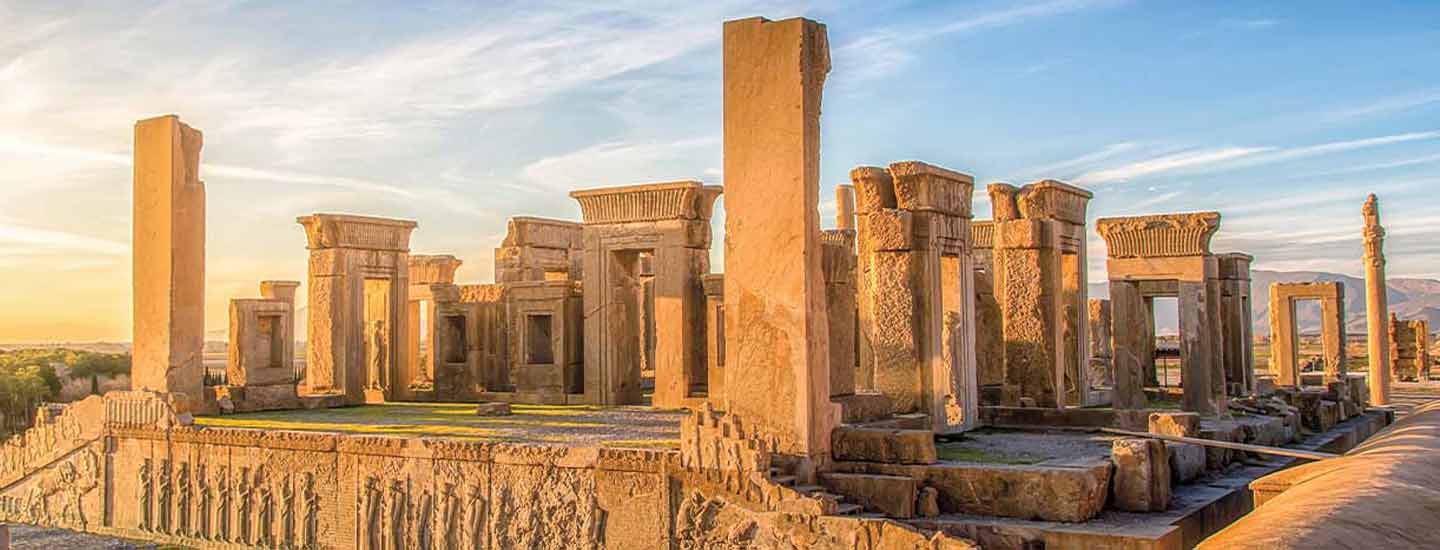The year is 338 B.C.; the place, central Greece. Two armies are locked in combat when a unit of warriors on horseback thunders into the fray. That charge, led by the 18-year-old son of Macedonia’s king, helps win the battle—a triumph that seals his father’s control over most of Greece.
Within two years, that teen will himself become king. And within a dozen more, his tactical genius and mighty army will give him command over a vast empire of some 2 million square miles spanning three continents. History knows him as Alexander the Great.

